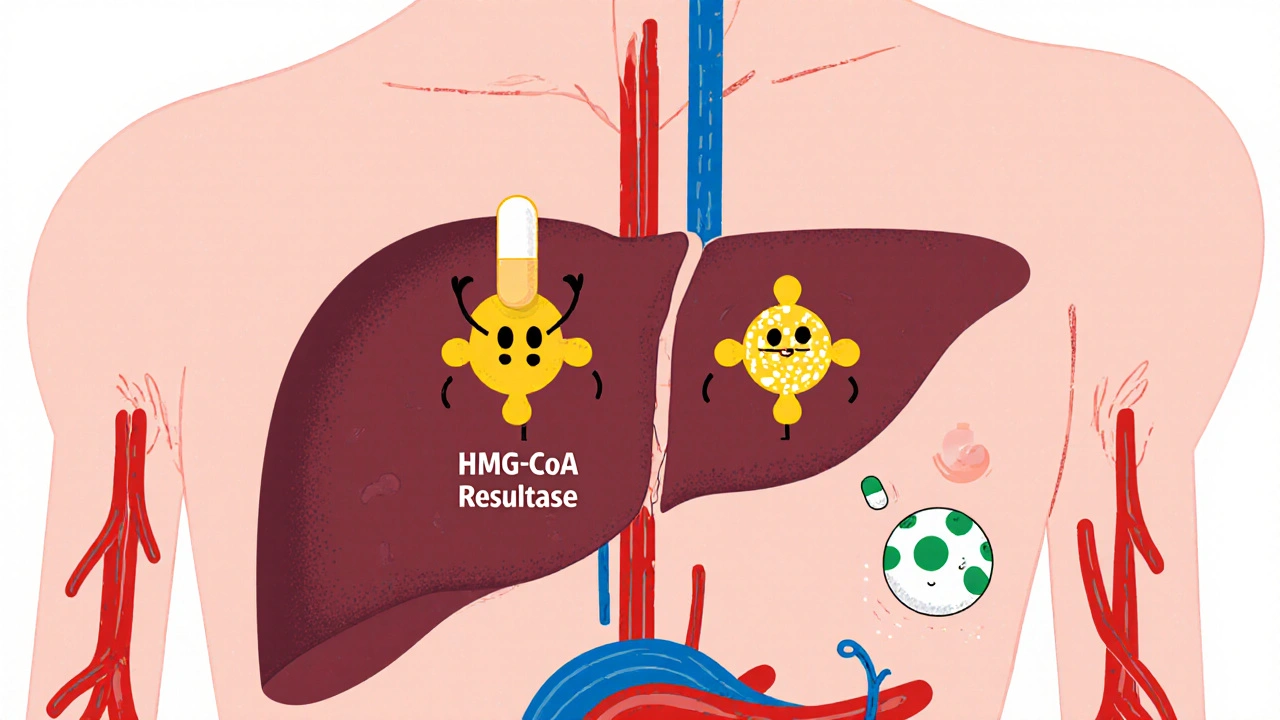Statin Muscle Pain: What It Is, Why It Happens, and What You Can Do
When you take a statin, a class of drugs used to lower LDL cholesterol and reduce heart attack risk. Also known as HMG-CoA reductase inhibitors, they’re among the most prescribed medications in the world. But for many, the benefit comes with a cost: unexplained muscle pain, weakness, or cramps. This isn’t just "feeling sore" after a workout. Statin muscle pain often shows up in the thighs, shoulders, or calves—sometimes without warning—and doesn’t go away with rest.
Not everyone gets it, but studies show up to 1 in 10 people on statins report muscle symptoms. The real issue? Many doctors dismiss it as coincidence, and patients stop their meds without checking if it’s truly the drug. That’s dangerous. Statins cut heart attack risk by 25% or more in high-risk people. Giving them up without a plan can cost you more than muscle discomfort. The good news? There are ways to tell if it’s statin-related, and even if it is, you don’t have to quit cold turkey. Switching to a different statin, lowering the dose, or trying coenzyme Q10 supplements can help. Some people even find relief by adjusting when they take the pill—like switching from nighttime to morning.
It’s also worth knowing that not all muscle pain from statins is the same. Mild soreness is common. But if you notice dark urine, extreme fatigue, or pain that spreads quickly, that could be rhabdomyolysis, a rare but serious condition where muscle tissue breaks down and floods the bloodstream with harmful proteins. This needs emergency care. Most cases are mild, but you need to know the line between annoyance and alarm. Your pharmacist can help spot interactions too—statin muscle pain gets worse when you take certain antibiotics, antifungals, or grapefruit juice. That’s why drug combinations matter as much as the statin itself.
What you’ll find in the articles below are real, practical stories from people who’ve dealt with this, plus guides from doctors on how to test for statin intolerance, what alternatives work when statins fail, and how to protect your heart without them. You’ll see how some switch to ezetimibe or PCSK9 inhibitors, others use lifestyle changes to cut cholesterol naturally, and a few find that their pain disappears once they stop mixing statins with other meds. This isn’t about fear. It’s about control. You don’t have to suffer in silence—or give up your heart health.

Statin Medications: How They Lower Cholesterol and What You Need to Know About Muscle Pain
- Nov, 20 2025
- Daniel Remedios
- 12 Comments
Statins lower cholesterol and cut heart attack risk by up to 30%, but muscle pain affects up to 29% of users. Learn how they work, which statins cause fewer side effects, and what to do if you experience muscle pain.
